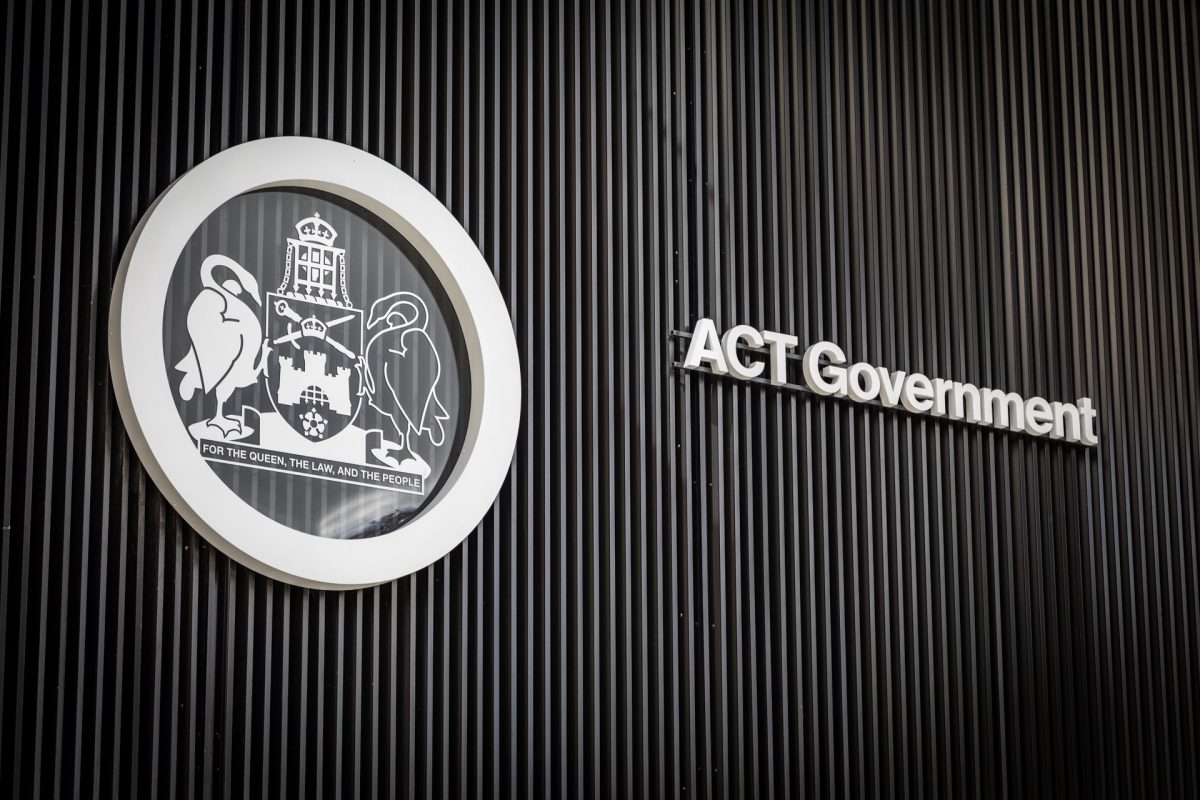
Chief Minister Andrew Barr said pay rises – as well as improvements in conditions – would be necessary to continue to attract skilled ACT public servants to the workforce. Photo: Michelle Kroll.
As an inquiry into a four-day working week gathers steam, a group of experts and the public sector union have cautioned against forgetting what’s really important to workers – reducing the number of hours they are expected to work each week.
The Community and Public Sector Union agreed that the appeal of a shorter week was likely a reduction of hours not days.
A joint submission from academics from the National Centre for Epidemiology and Population Health at the ANU said the most important thing to do was to cap work hours at 38 hours a week, as per the National Employment Standard.
The submission from Professor Lyndall Strazdins, Dr Ginny Sargent, Helen Skeat and Amelia Yazidjoglou said 40 per cent of the population worked longer than that, with men more likely to than women.
Their paper canvassed some of the negative outcomes associated with long working hours and weeks, including physical health outcomes associated with poor access to healthy food and a lack of exercise.
“We anticipate that a focus on reducing long hours to the maximum 38-hour week will have direct improvements on the wellbeing of the ACT community, with benefits for mental health and healthy lifestyles, employment and income equality, recruitment and retention, volunteering, quality of time use, unpaid work and caring, and work-life balance,” the submission read.
They recommended parallel trials in three workforces to test shorter weeks before rolling it out any further.

ACT Regional Secretary Maddy Northam argued in the group’s submission that while a four-day working week should be considered in the future, the government should first focus on more “pressing issues”. Photo: Region.
CPSU ACT Regional Secretary Maddy Northam said the union believes a four-day working week should be considered in the future, although it wasn’t the most important issue.
Those included increasing ACT public servants’ superannuation to 15.4 per cent in line with their Commonwealth counterparts and addressing insecure work within the public service.
Ms Northam also identified a range of public servants for whom a four-day working week would be much more challenging to implement.
She noted sectors like education, healthcare, environment, law enforcement and community safety would all need to continue to be delivered beyond the four days of a new working week.
She noted there was already an alternative method of compressing the work week by using their flex time, but anecdotal evidence suggested this was not widely used.
That arrangement would require employees to work longer hours on other days.
Economist John Quiggin from the University of Queensland told the inquiry in his submission that a four-day working week would be economically feasible and yield significant benefits.
Professor Quiggin noted the five-day working week might seem normal, but it had actually only been in place since the middle of the 20th century.
He said problems of burnout and poor mental health had become more prevalent as work intensity increased since the 1980s.
One option proposed by Professor Quiggin’s paper was to reduce the work week from 38 hours to 32. He also said public holidays would no longer be able to reduce those work weeks any further if this was to work.
That would mean people would work just over 1500 hours a year, compared to over 1800 at the moment.
He said governments must take the lead.
The ACT Government’s submission to the same inquiry acknowledged the difficulties posed in sectors like health and education and said more staff may need to be recruited to manage the switch if it was to eventuate.
It also identified a raft of challenges relating to the implementation of a shorter working week without any requisite loss of pay.
On the other hand, positive benefits could stem from higher productivity and the economic benefits of workers spending money in the region on their days off, and it could set the Territory’s public service apart from others around the country.
Several legislative, administrate and industrial changes would need to be made for it to become a reality.
Submissions close next month for the inquiry, which is being conducted by the ACT Legislative Assembly standing committee on economy and gender and economic equality.





















